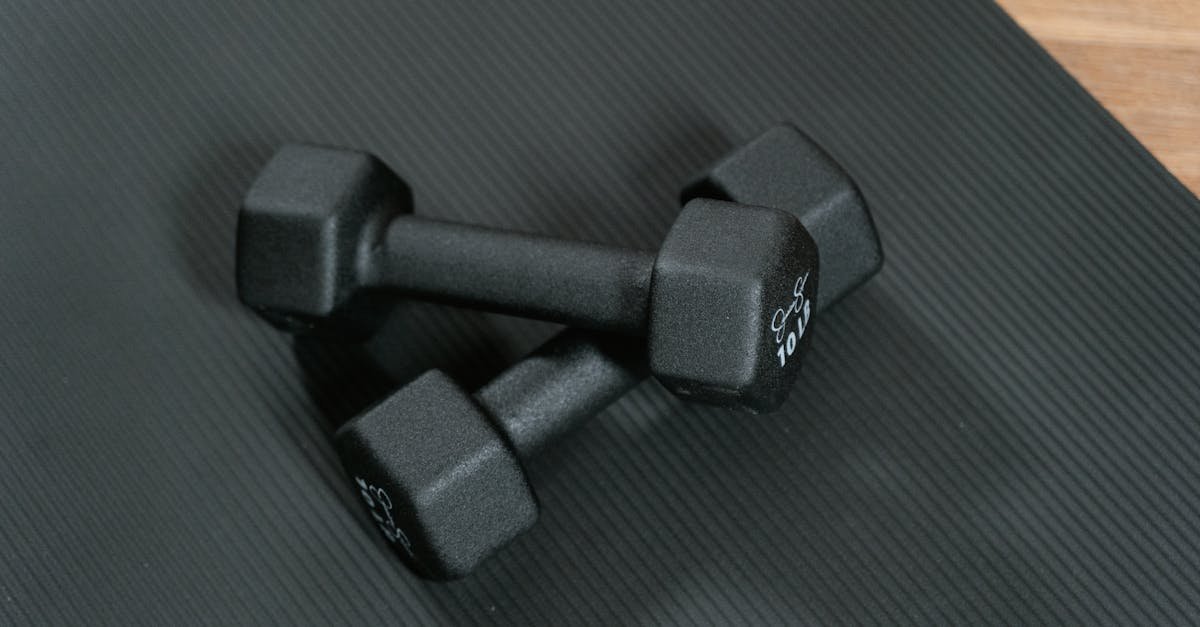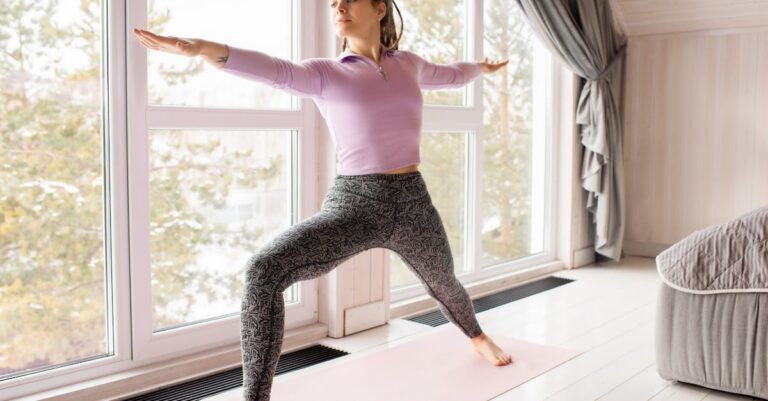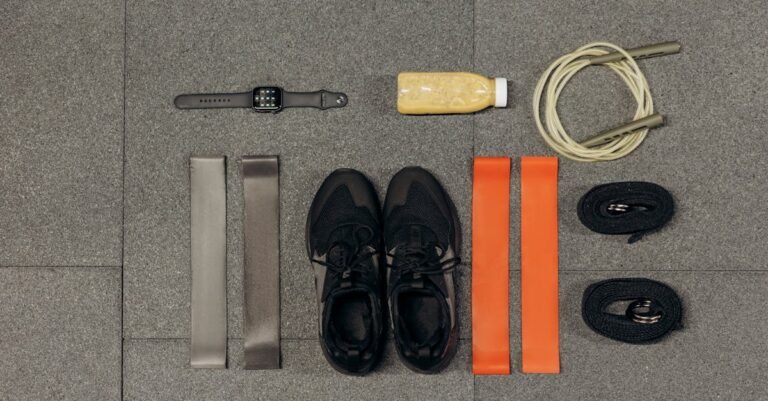So, you’re looking to bulk up a bit, maybe add some muscle, but the whole gym scene isn’t really your thing? Totally get it. Maybe gyms are too far, too expensive, or just plain intimidating. You might feel like you’re stuck being skinny or not as strong as you’d like. Good news! You absolutely can gain weight and build muscle right from the comfort of your own home. It’s not about having fancy machines; it’s about being smart with your workouts and consistent. This article is gonna walk you through exactly how to do that. We’ll break down the exercises that work, how to keep challenging yourself without weights, and why eating and resting are just as important. By the end, you’ll have a clear game plan to start building that stronger physique you’re after.
Why ‘Gaining Weight’ Isn’t Just About Eating More Ice Cream
Okay, let’s talk about “gaining weight.” When most people say this, especially if they’re feeling a bit thin, they really mean they want to gain muscle. Sure, smashing pizzas and ice cream daily will make the scale go up, but it’ll likely be mostly fat, not the strong, defined look you’re probably hoping for. Think of it like building with LEGOs. You want to build a cool, sturdy castle (muscle), not just a big, messy pile of bricks (fat).
Gaining quality weight – muscle mass – requires two main things working together: challenging your muscles with exercise and giving your body the right fuel (food!) to rebuild those muscles bigger and stronger. Just eating more without the right kind of exercise won’t build much muscle. And exercising hard without eating enough won’t give your body the building blocks it needs. They’re a team! So, while enjoying treats is fine, our focus here is on building muscle through smart workouts and good nutrition.
The Magic Ingredient: Progressive Overload (Even at Home!)
This sounds fancy, but it’s actually pretty simple: progressive overload just means you gotta make your muscles work a little bit harder over time. If you always do the same thing, your body gets used to it and stops changing. Think about it – if you lift a 5-pound weight every day for a year, you’ll get good at lifting 5 pounds, but you won’t suddenly be able to lift 50 pounds. Your muscles need a reason to grow stronger.
How do you do this at home without a rack of weights? Easy!
- Do more reps: If you did 8 push-ups last week, aim for 9 or 10 this week.
- Do more sets: Maybe you did 3 sets of squats. Try for 4 sets next time.
- Make the exercise harder: Can you do push-ups on your knees? Try doing them on your toes! Already doing regular squats? Try holding a heavy backpack while you do them.
- Slow it down: Try taking 3 seconds to lower yourself down in a push-up or squat. This makes your muscles work way harder.
- Rest less between sets: Cutting your rest time from 90 seconds to 60 seconds makes the workout more intense.
Imagine learning a video game. At first, Level 1 is tricky. But you practice, get better, and soon Level 1 is easy. To keep getting better, you have to move on to Level 2, which is harder. Progressive overload in exercise is just like moving up levels in a game – always challenging yourself just a little bit more.
Your Home Workout Toolkit: Bodyweight Basics
You don’t need a bench press or squat rack to build muscle. Your own body weight is an amazing tool! The key is to focus on compound exercises – moves that work lots of different muscles all at once. These give you the most bang for your buck.
Here are some of the best ones you can do anywhere:
- Push-ups: Awesome for your chest, shoulders, and the back of your arms (triceps). Can’t do one on your toes yet? Start on your knees or do them with your hands on a sturdy chair or table (incline push-ups). As you get stronger, you can work towards regular push-ups, then maybe even putting your feet up on something (decline push-ups) or bringing your hands closer together (diamond push-ups).
- Squats: The king of leg exercises! Works your thighs (quads and hamstrings) and your butt (glutes). Focus on keeping your chest up and sitting back like you’re aiming for a chair. Go as low as you comfortably can. Make them harder by holding something heavy or trying jump squats (but nail the basic form first!).
- Lunges: Great for legs and glutes, plus they challenge your balance. Step forward or backward, bending both knees to about 90 degrees. Keep your front knee tracking over your ankle, not way out past your toes. Walking lunges are another great option.
- Plank: This builds core strength, which is super important for supporting your back and making almost every other exercise safer and stronger. Hold your body in a straight line from head to heels, either on your forearms or hands. Don’t let your hips sag or stick up too high!
- Rows (If You Can Rig Something Up): Working your back is important for posture and overall strength. If you have a sturdy table, you might be able to do inverted rows (lying underneath and pulling your chest towards the edge – be super careful with your setup!). Another trick is using a strong towel looped around a doorknob (make sure the door opens *away* from you and is securely closed!) and pulling yourself towards the door. Resistance bands, which are pretty cheap, are also fantastic for rows. If you happen to have a pull-up bar, even better! Pull-ups are amazing for your back and biceps.
Focus on good form over doing tons of reps sloppy. It’s better to do 5 perfect push-ups than 20 bad ones.
Making Bodyweight Harder: Time to Get Creative
So you’ve mastered the basics? Awesome! Now, how do we keep that progressive overload going without adding gym weights? Time to get sneaky.
We already mentioned adding reps and sets. Here are more tricks:
- Tempo Training: This is about controlling the speed. For example, on a squat, take 3 or 4 seconds to lower yourself down (this is the ‘eccentric’ part), pause for a second at the bottom, and then come up normally or even explosively. That slow lowering phase really fires up your muscles.
- Pause Reps: Hold the hardest part of the exercise for a few seconds. Pause at the bottom of your push-up (chest just off the floor) or the bottom of your squat. Feel the burn!
- Get Your DIY Weights On: Grab a backpack and load it up with heavy books, water bottles, or bags of rice. Wear it while doing squats, lunges, or even push-ups (if you can keep it stable). Fill up milk jugs or laundry detergent bottles with water or sand and hold them while you squat or lunge. Look around – you probably have stuff you can use!
- Unilateral Training: Work one side of your body at a time. Think pistol squats (one-legged squats – very advanced!), single-leg Romanian deadlifts (with or without holding a weight), or archer push-ups. This requires more balance and strength from each limb.
Let’s picture this: Remember carrying groceries as a kid? Maybe one bag felt heavy. Then you started carrying two. Then maybe your parents asked you to carry the heavier milk jugs too. You didn’t go to a ‘grocery carrying gym,’ you just gradually handled heavier loads (progressive overload) using everyday objects. Same idea applies here!
Fueling the Machine: Eating for Muscle Gain
You can do all the push-ups in the world, but if you’re not eating enough, those muscles won’t grow. Building muscle takes energy and materials, kind of like building a house needs electricity for the tools and lots of bricks and wood.
Here’s the simple version:
- You need more calories: To gain weight (muscle, hopefully!), you generally need to eat slightly more calories than your body burns each day. This is called a ‘calorie surplus’. Don’t go crazy and stuff yourself silly, but aim to eat a bit more than usual, focusing on healthy foods.
- Protein is key: Protein is like the bricks for your muscle house. It helps repair the muscle fibers you break down during exercise and build them back stronger. Aim to get some protein with each meal. Good sources include chicken, fish, turkey, lean beef, eggs, Greek yogurt, cottage cheese, beans, lentils, tofu, and protein powder if you find it helpful.
- Don’t forget carbs and fats: Carbs (like oats, brown rice, potatoes, fruits, veggies) give you the energy to actually do your workouts. Healthy fats (like avocado, nuts, seeds, olive oil) are important for hormones and overall health.
Think about fueling your body like putting gas in a car. You want the good stuff (whole foods like meats, veggies, fruits, whole grains) most of the time so it runs smoothly and can perform well. Filling up on junk food (lots of sugar, unhealthy fats) is like putting cheap, watery gas in the tank – it might run, but not very well, and it won’t help you build anything strong.
Try adding a healthy snack between meals, like some Greek yogurt with fruit, a handful of nuts, or a hard-boiled egg. Consistency is key!
Rest Isn’t Lazy, It’s Essential!
This might sound weird, but your muscles don’t actually grow while you’re working out. Exercise is the signal – it breaks down the muscle fibers slightly. The real magic happens when you rest!
During rest, especially when you sleep, your body goes into repair mode. It fixes those tiny tears in your muscles and builds them back up a little bit stronger and bigger than before, getting ready for the next challenge. If you don’t give your body enough time to recover, you’re just breaking it down without letting it rebuild.
What does good rest look like?
- Sleep: Aim for 7-9 hours of quality sleep per night. This is when most muscle repair and growth hormone release happens. It’s non-negotiable!
- Rest Days: You don’t need to (and probably shouldn’t) do intense workouts every single day, especially working the same muscles. Plan for 1-3 rest days per week, or alternate which body parts you focus on each day (e.g., upper body one day, lower body the next). Light activity like walking on rest days is fine.
- Listen to Your Body: If you feel super tired, sore, or run down, take an extra rest day. Pushing through extreme fatigue can lead to injury or burnout.
Think of it like charging your phone. You use it all day (working out), and the battery drains. You need to plug it in overnight (sleep/rest) so it’s fully charged and ready to go the next day. Trying to use it constantly without charging doesn’t work well, right?
Gaining muscle and weight at home is definitely possible, and you don’t need a fancy gym membership to do it. Remember the key ingredients we talked about: challenge your muscles consistently by making exercises progressively harder (that’s progressive overload!), focus on those big bodyweight basics like push-ups, squats, and lunges, and get creative with making them tougher. Just as important is fueling your body with enough calories, especially protein, to actually build the muscle. And don’t forget that rest and sleep are when the real growth happens! Be patient – building muscle takes time and consistency. Don’t get discouraged if you don’t see huge changes overnight. Stick with your plan, maybe jot down your workouts to see your progress, and celebrate those small victories along the way. You’ve got this!










